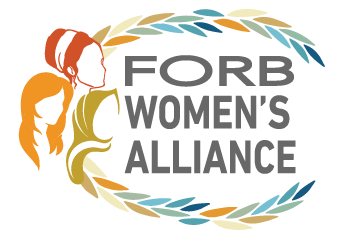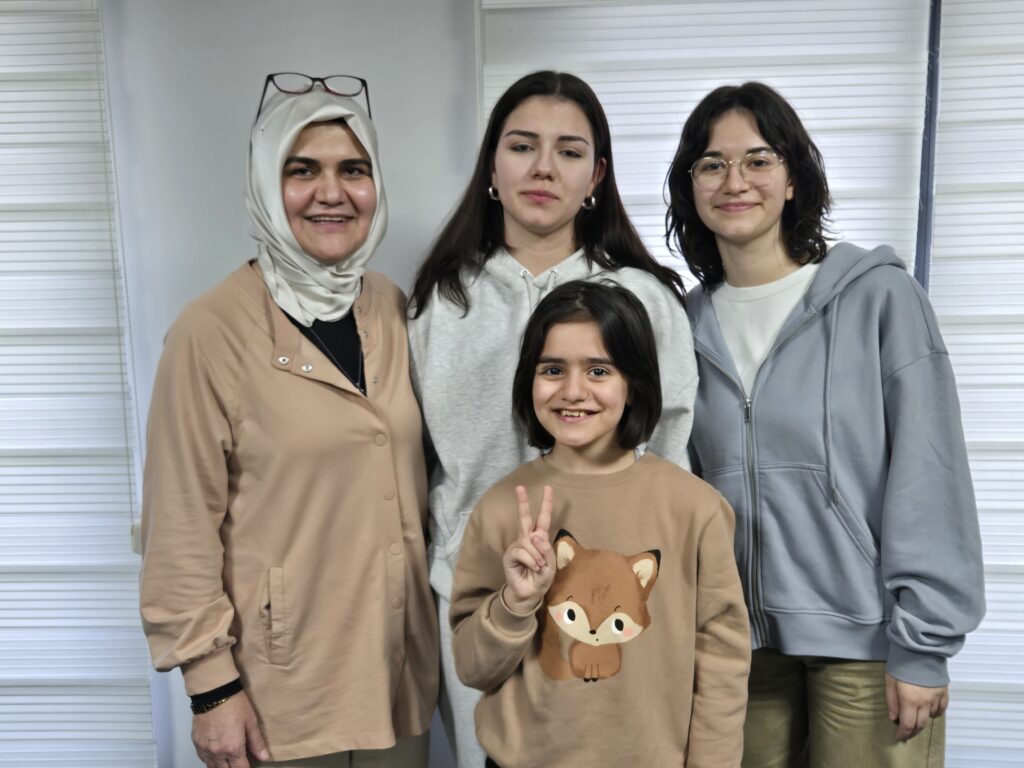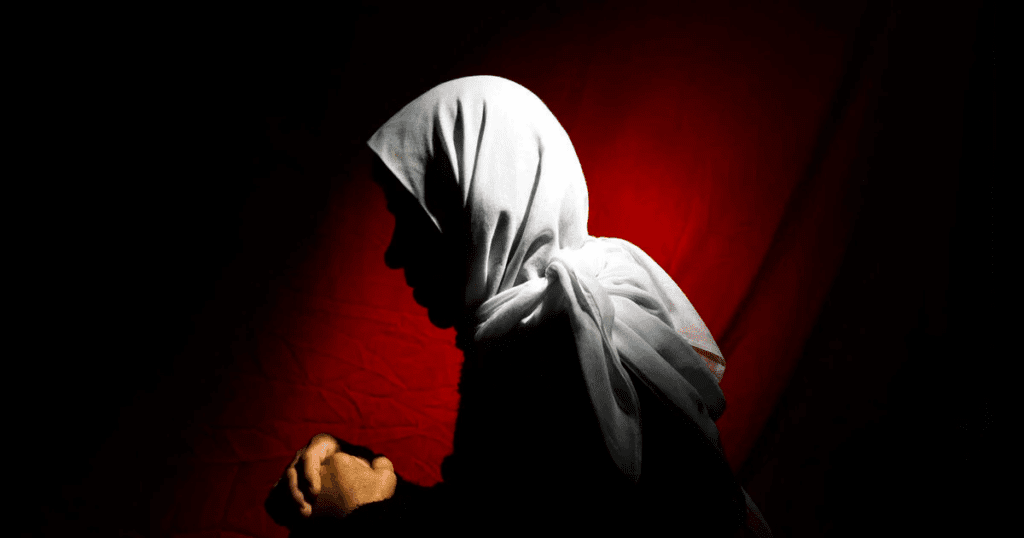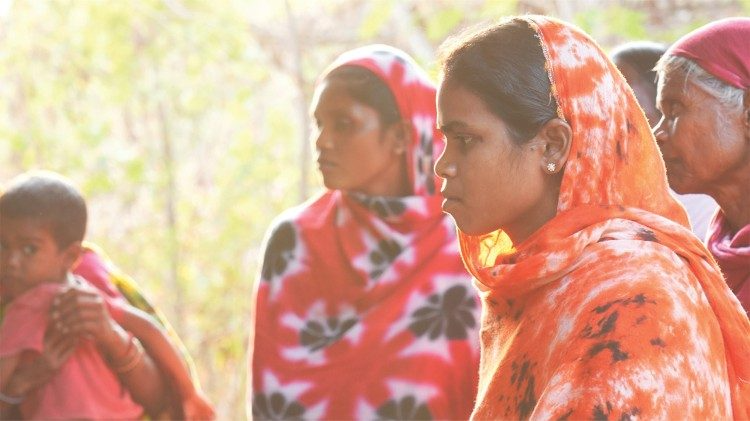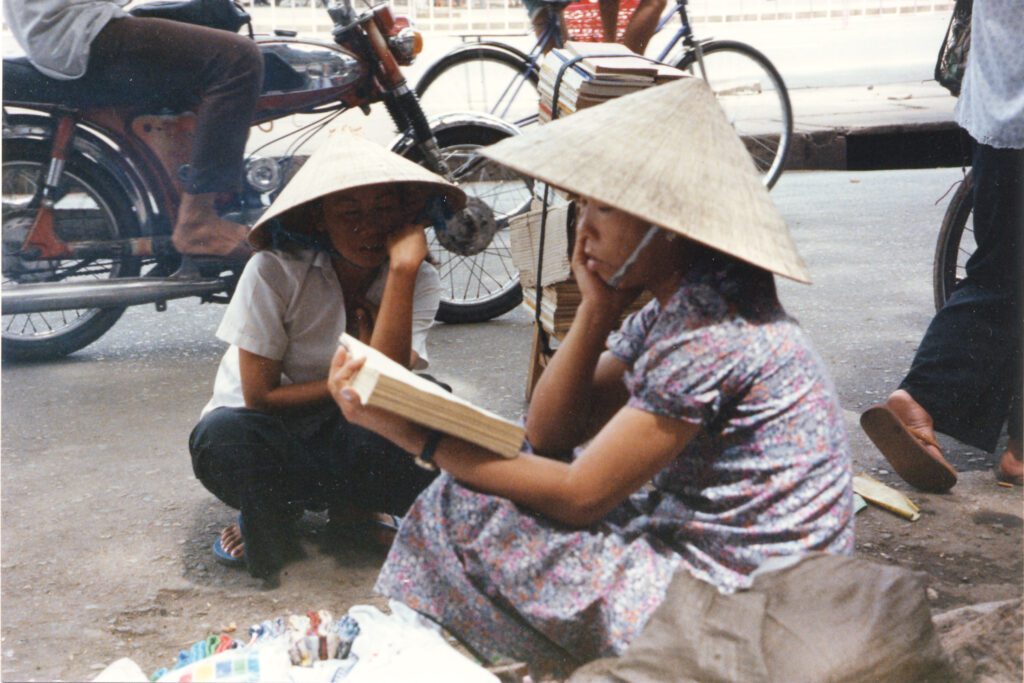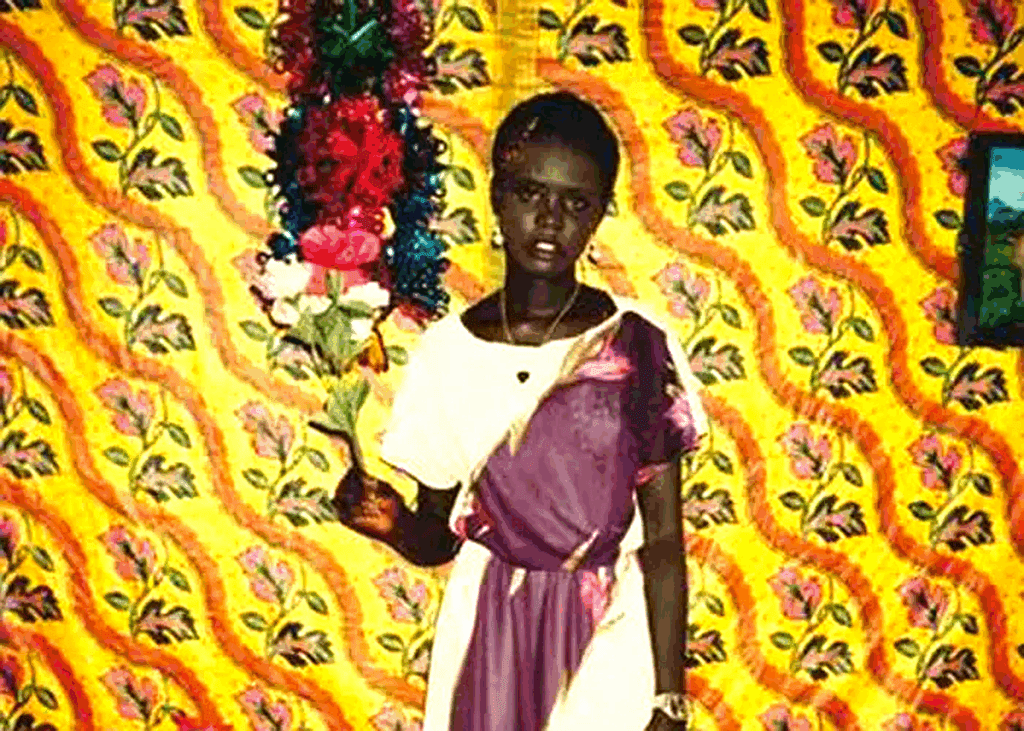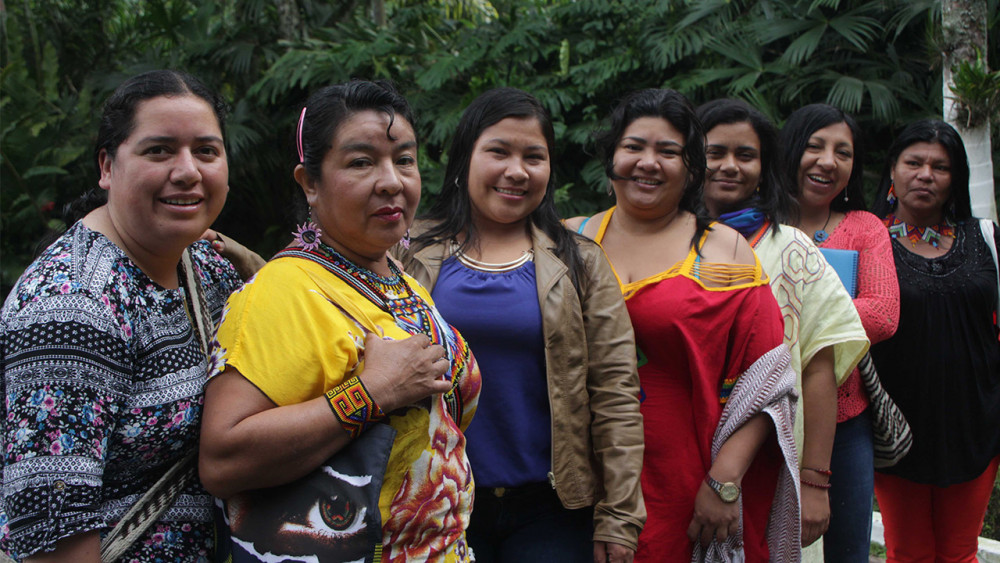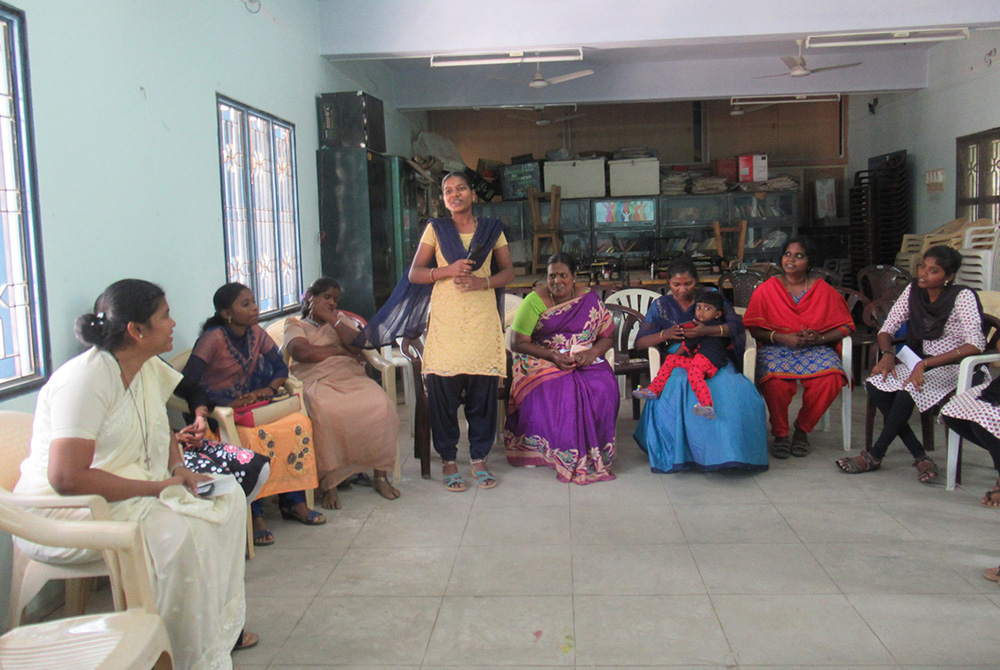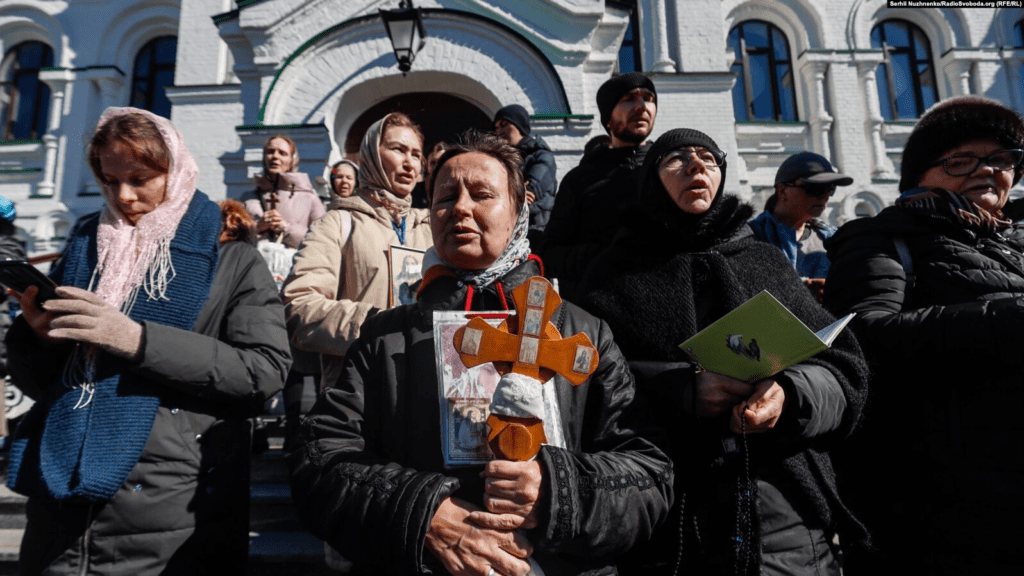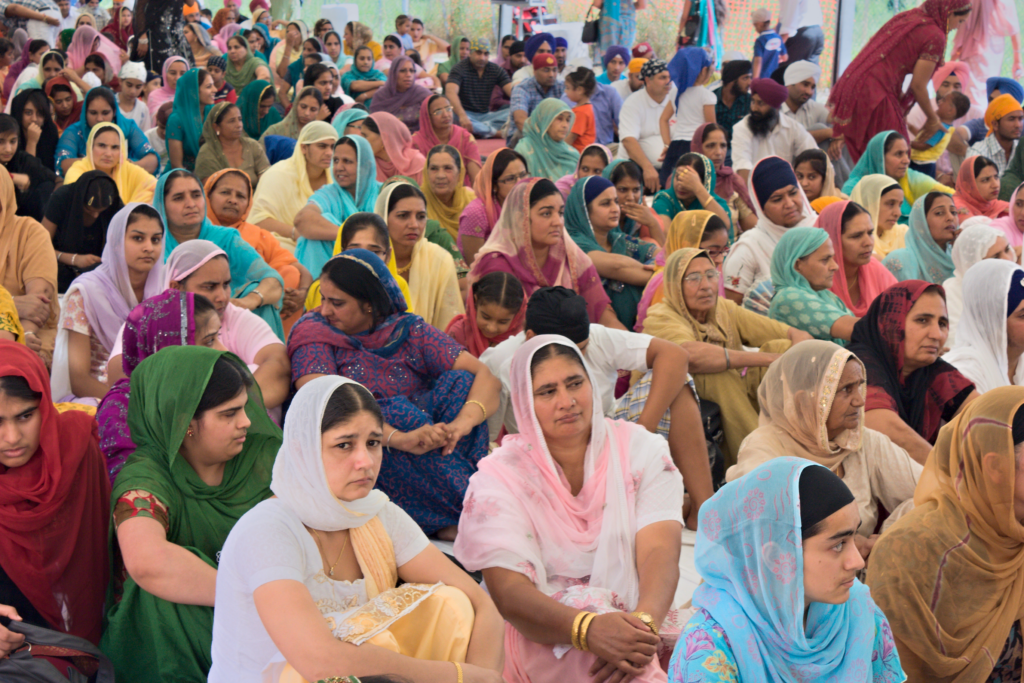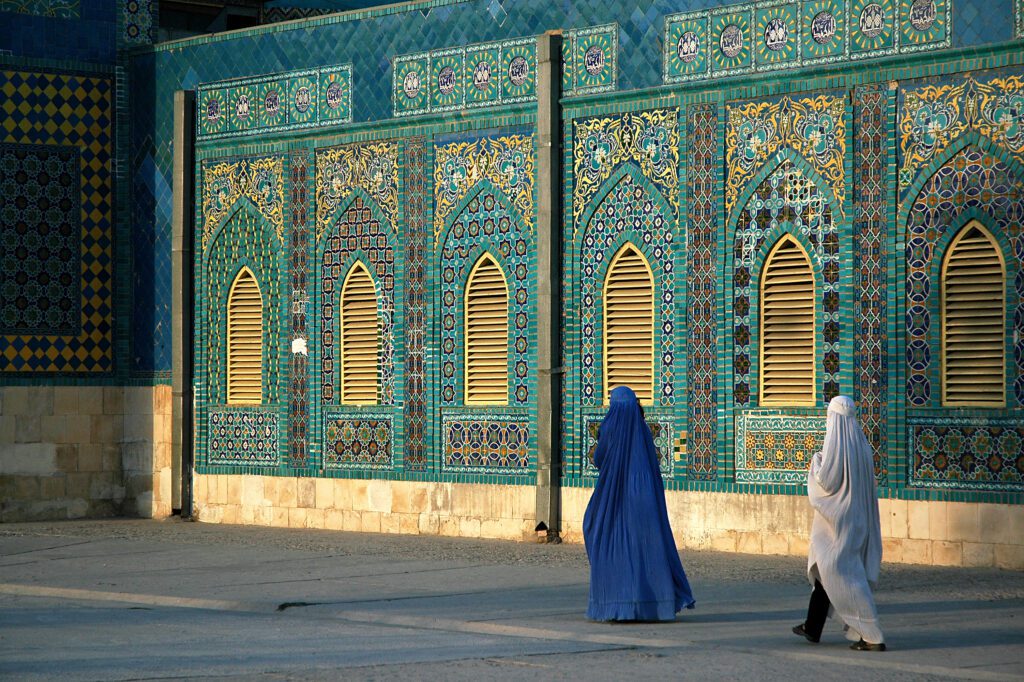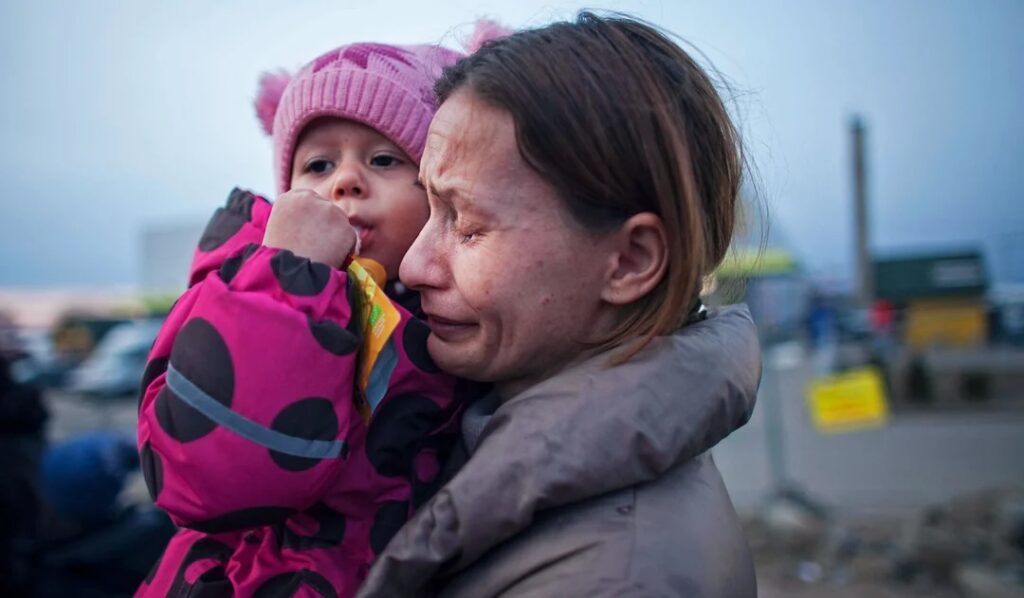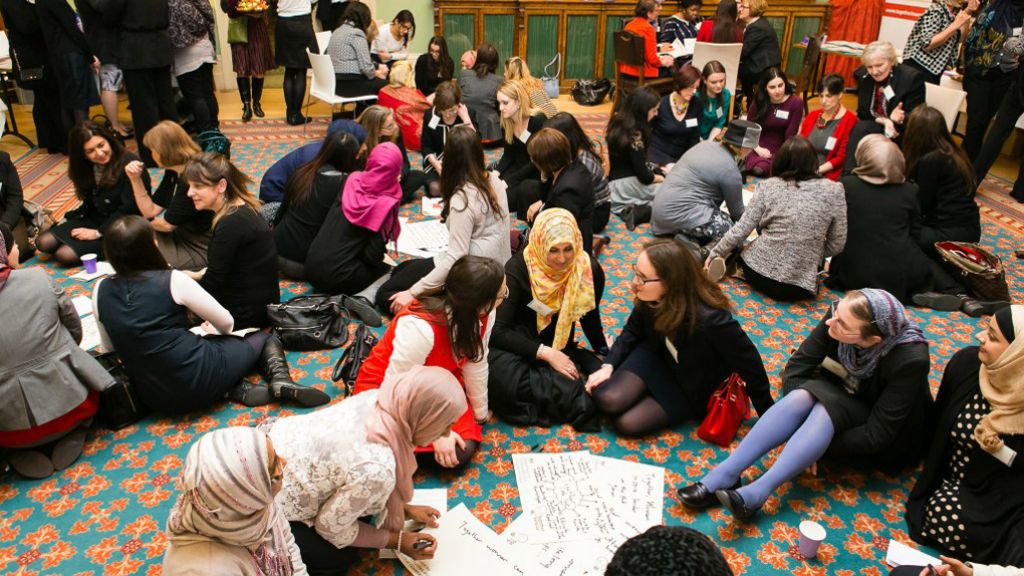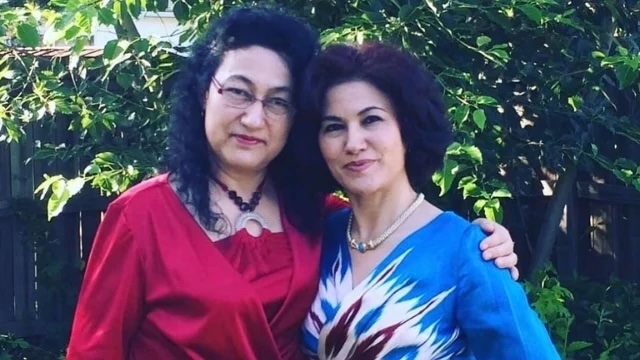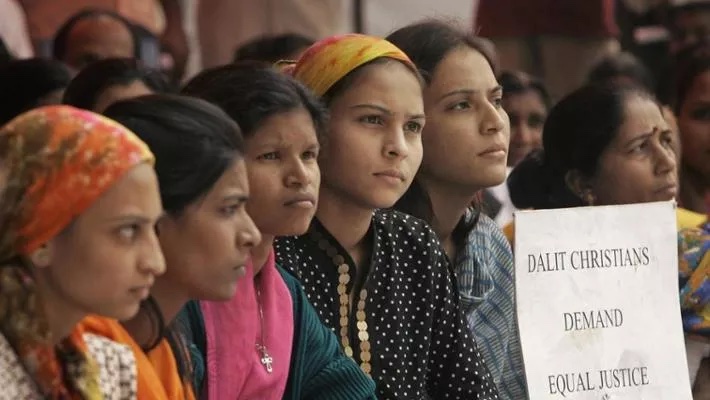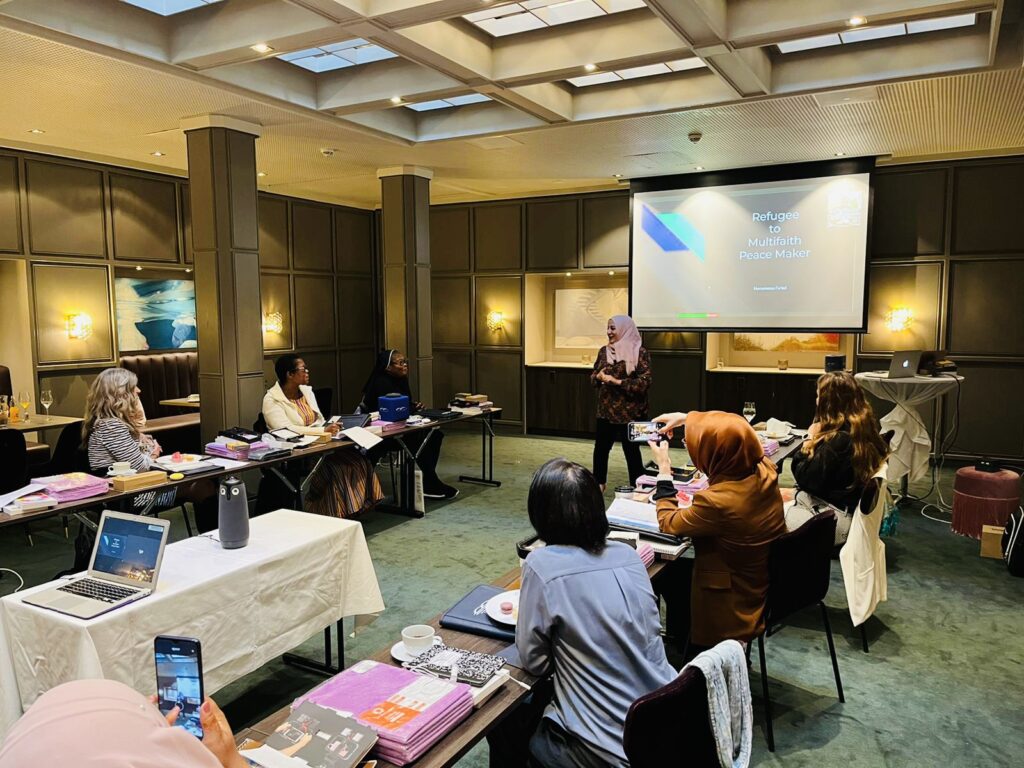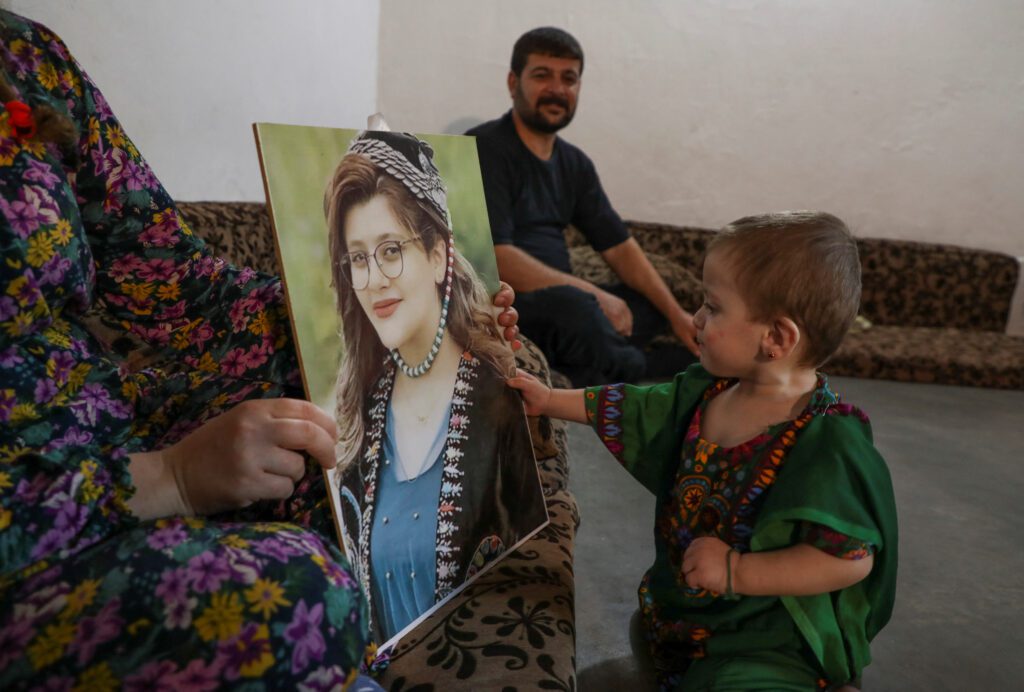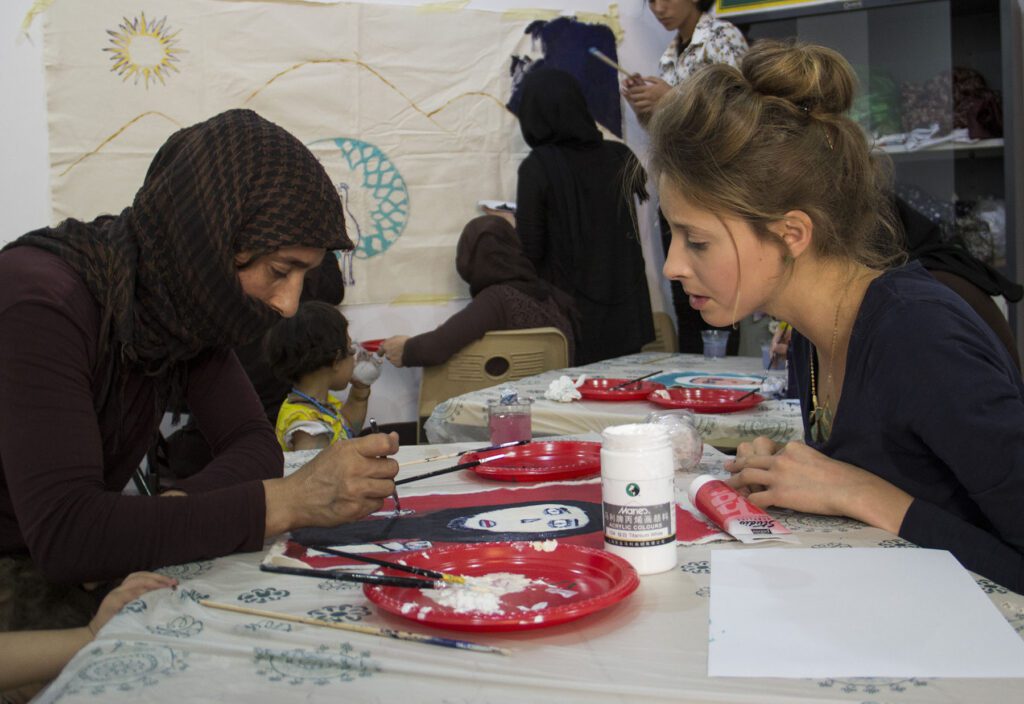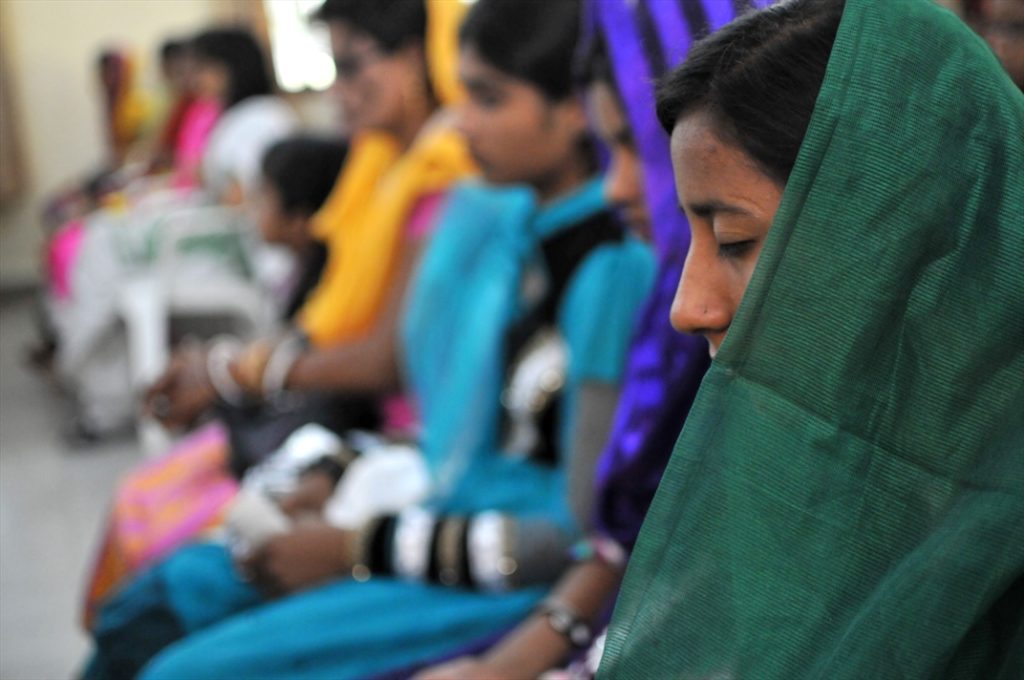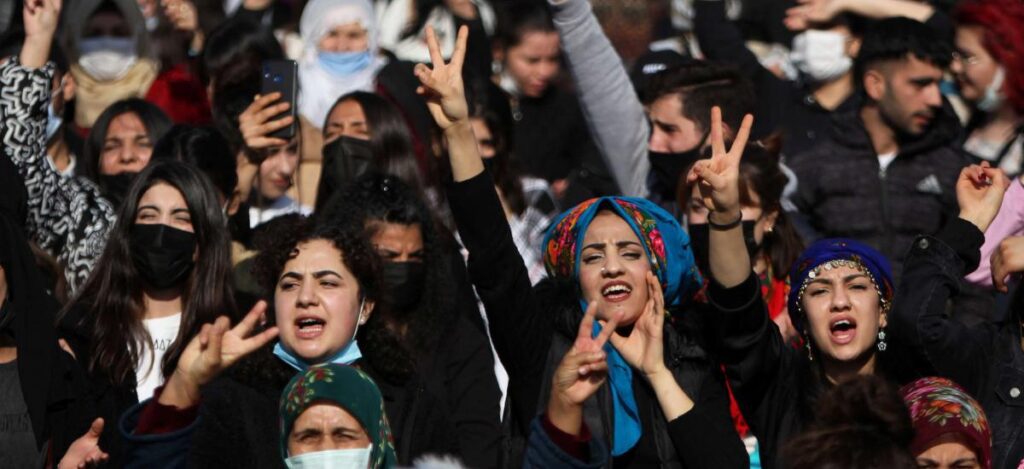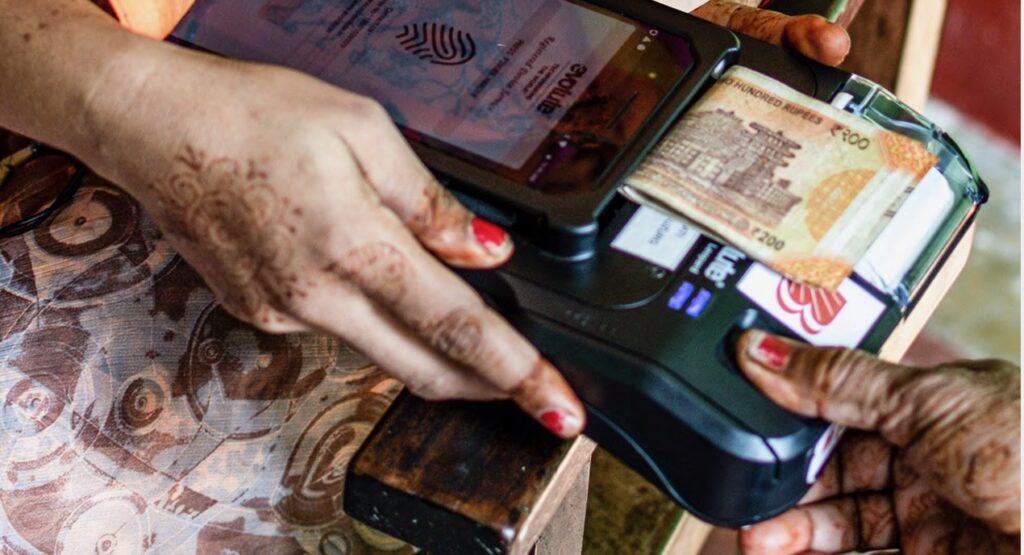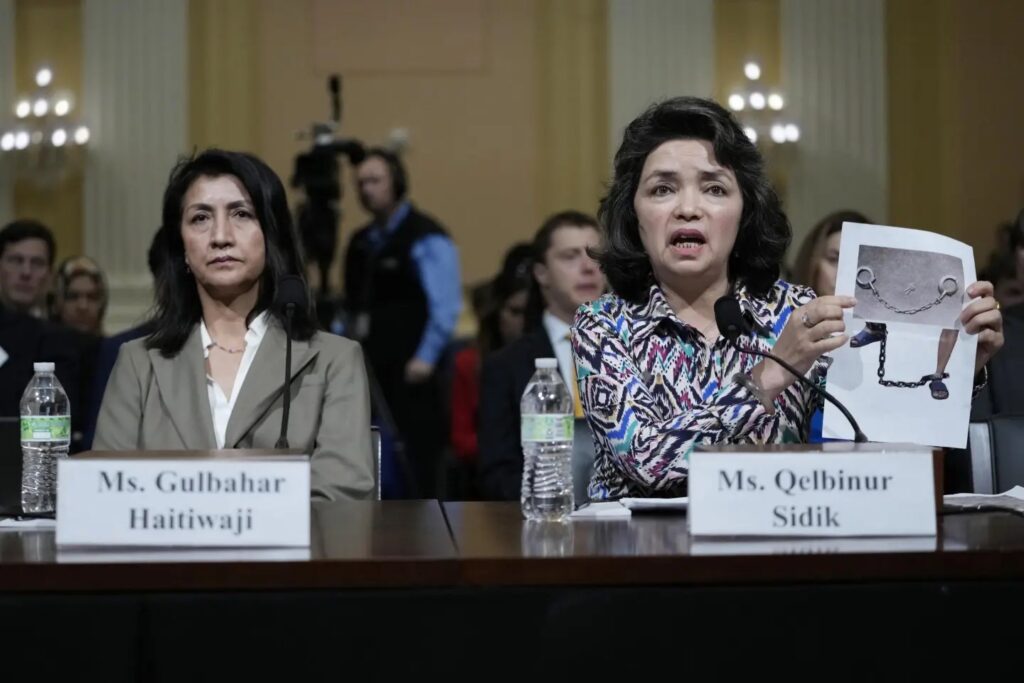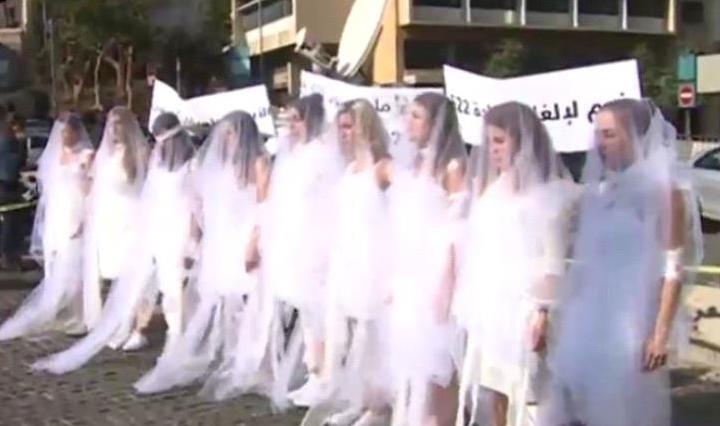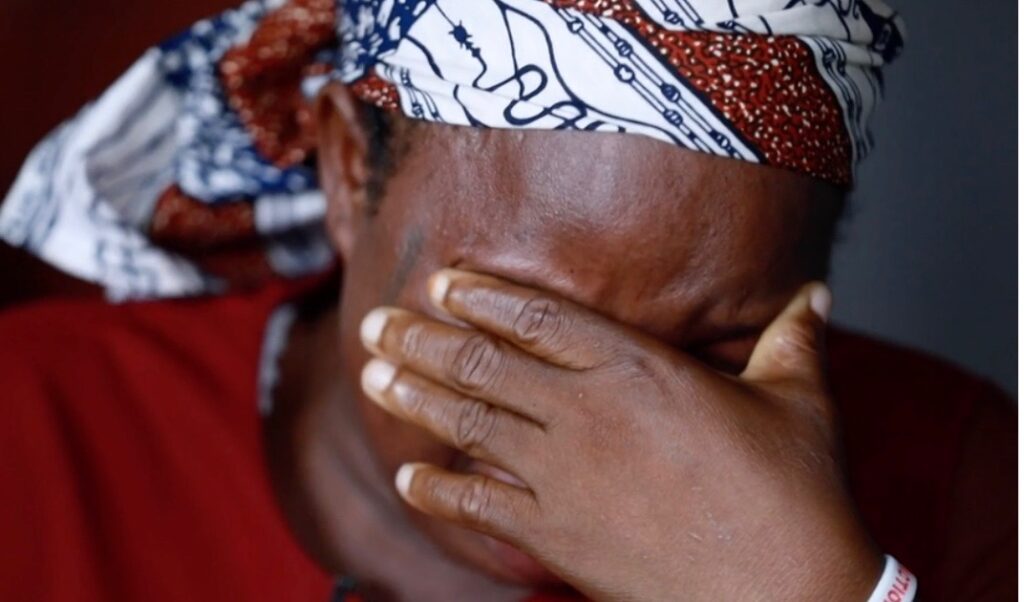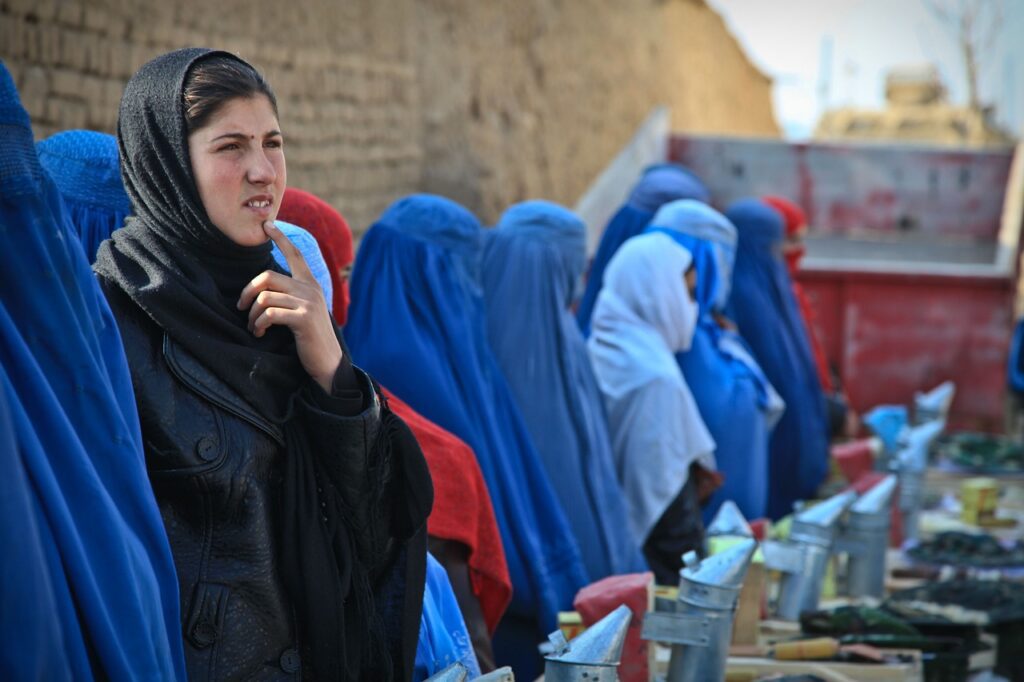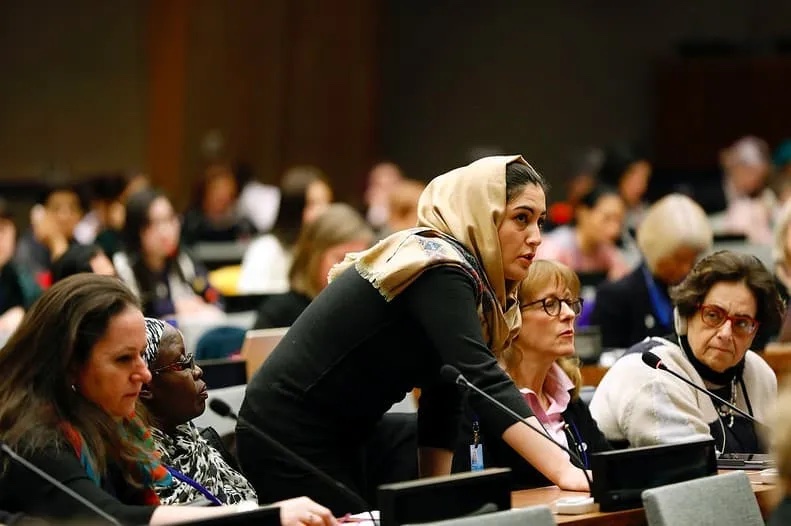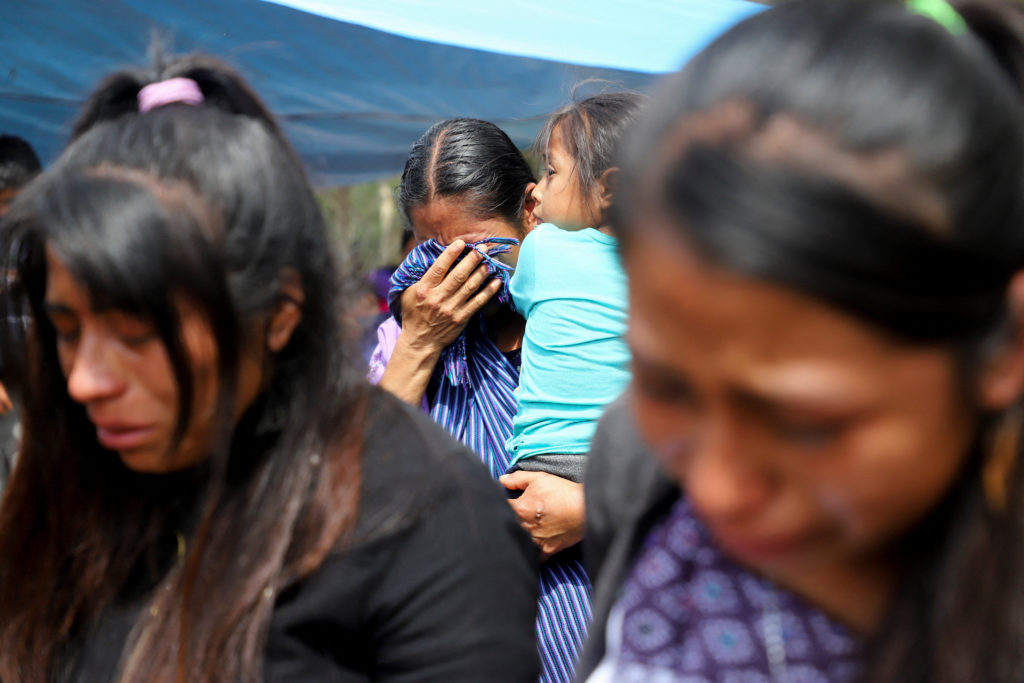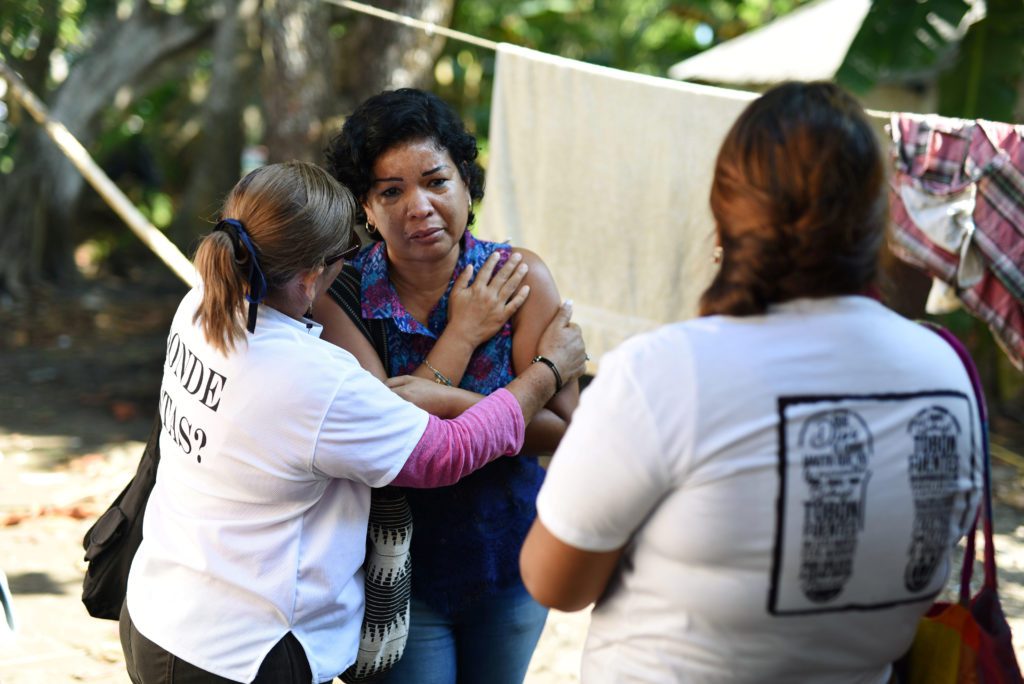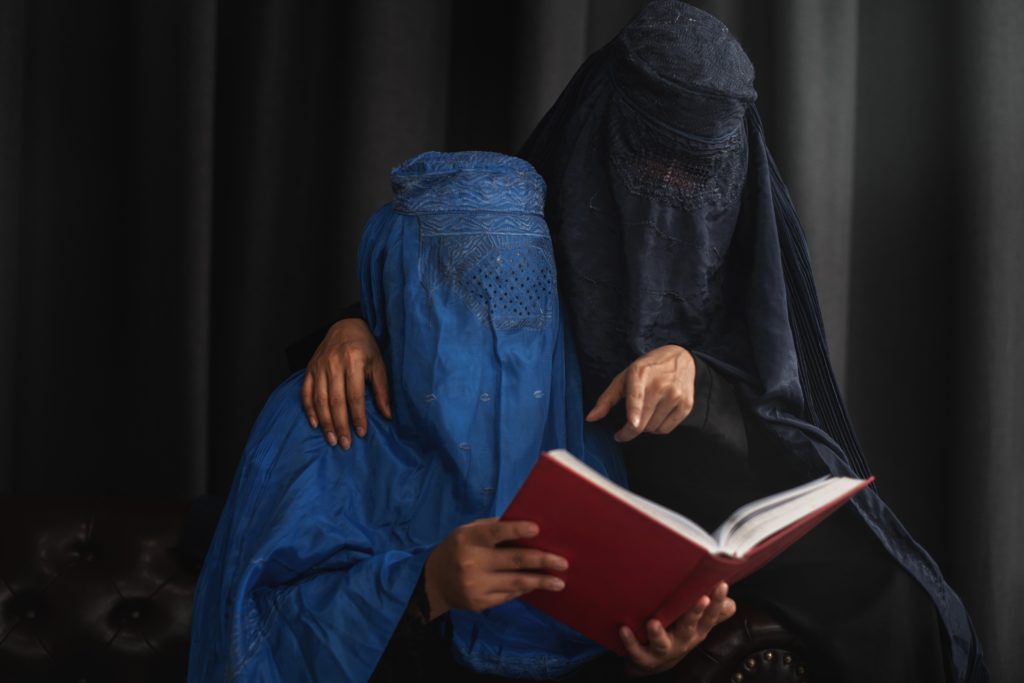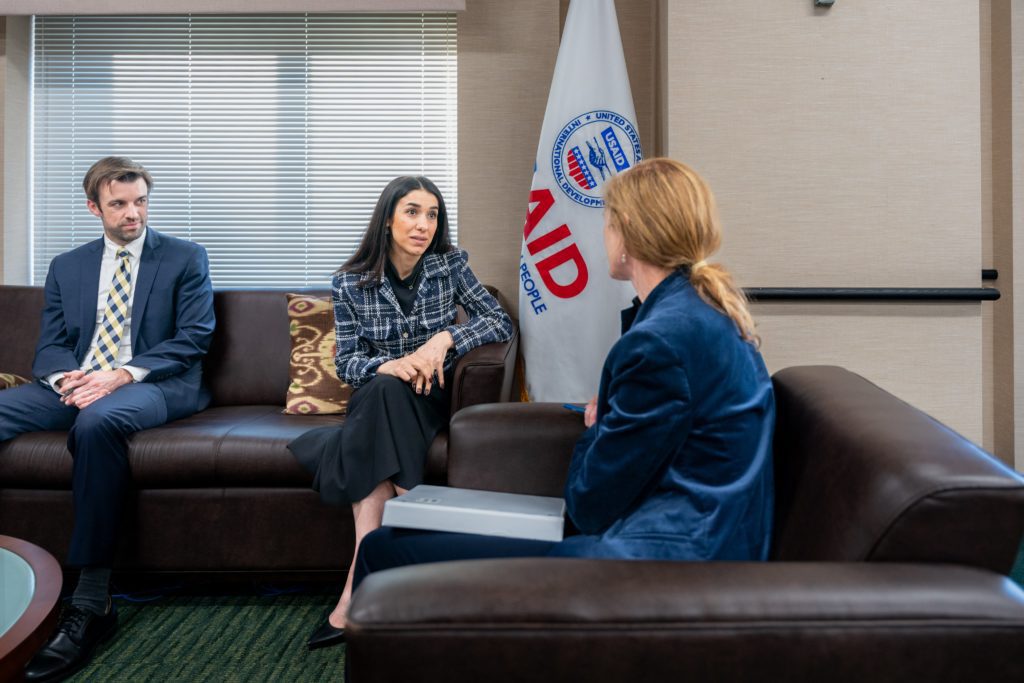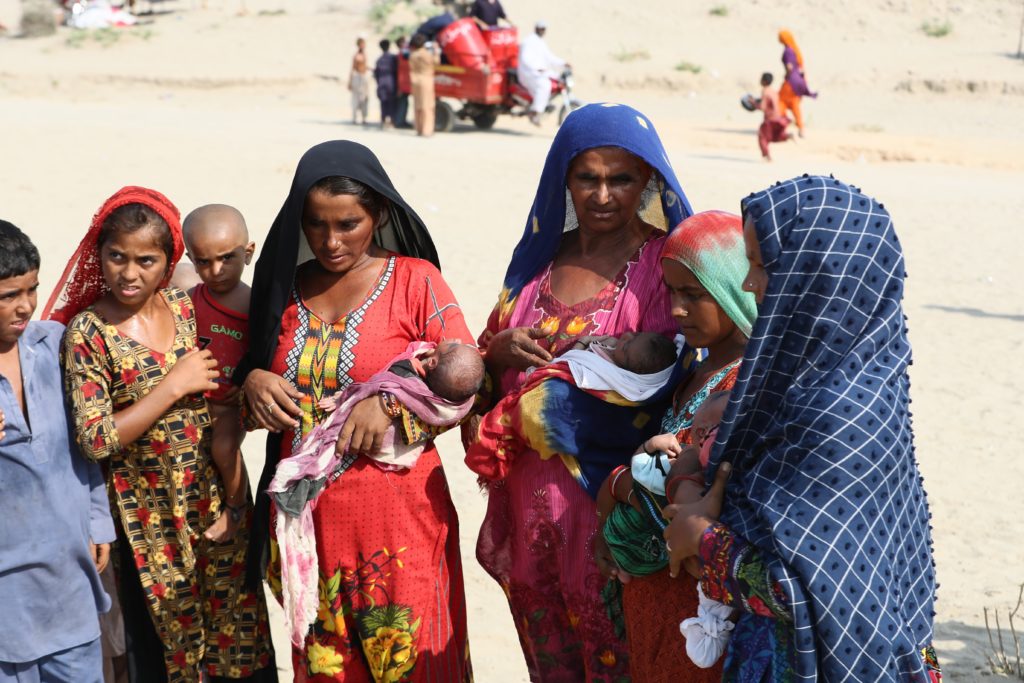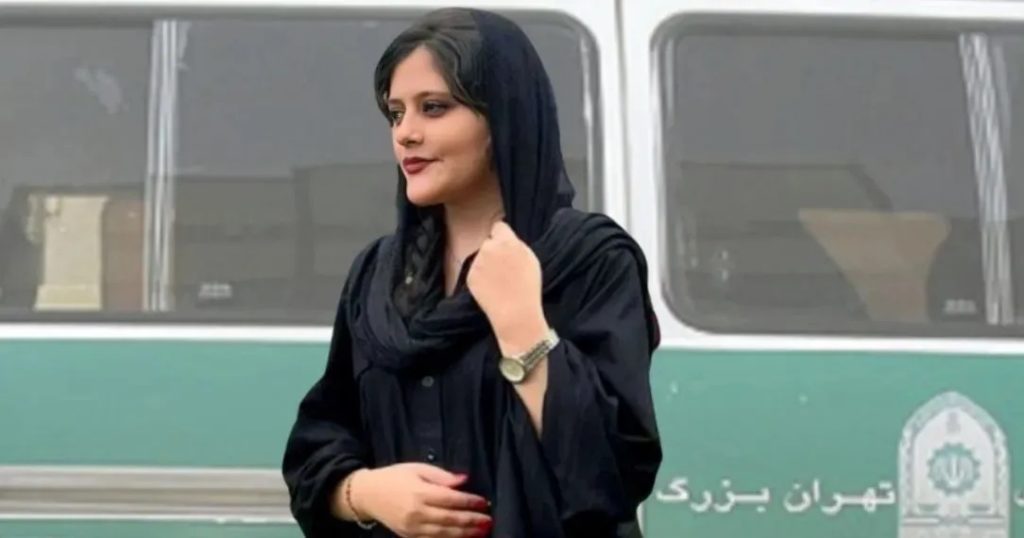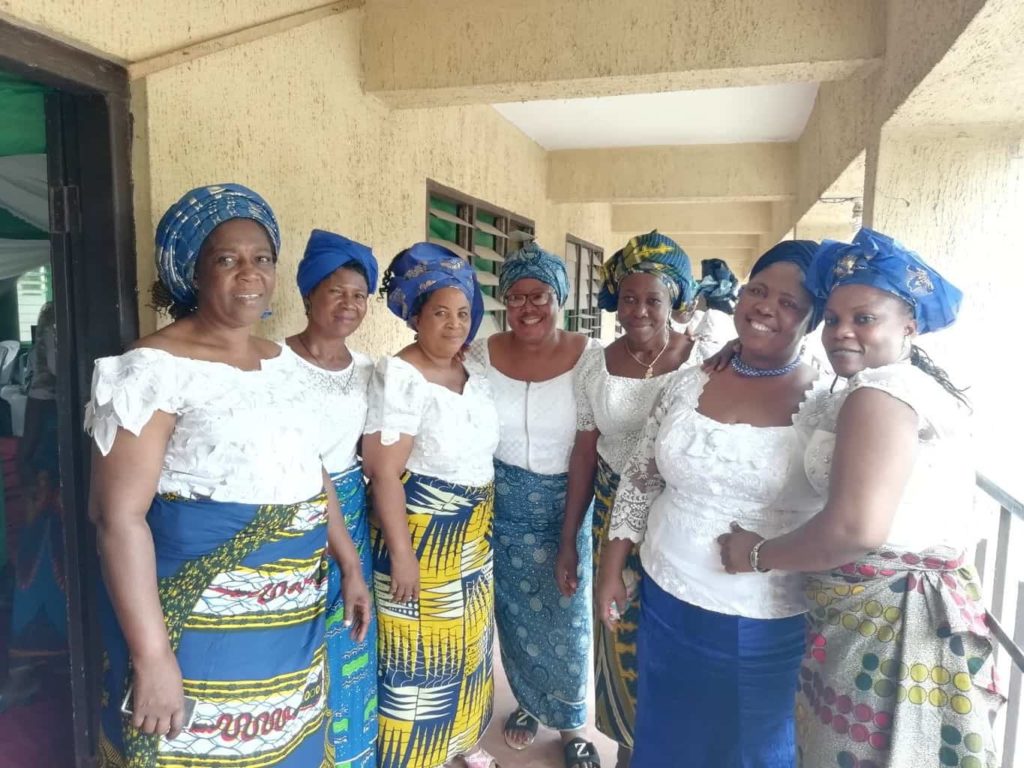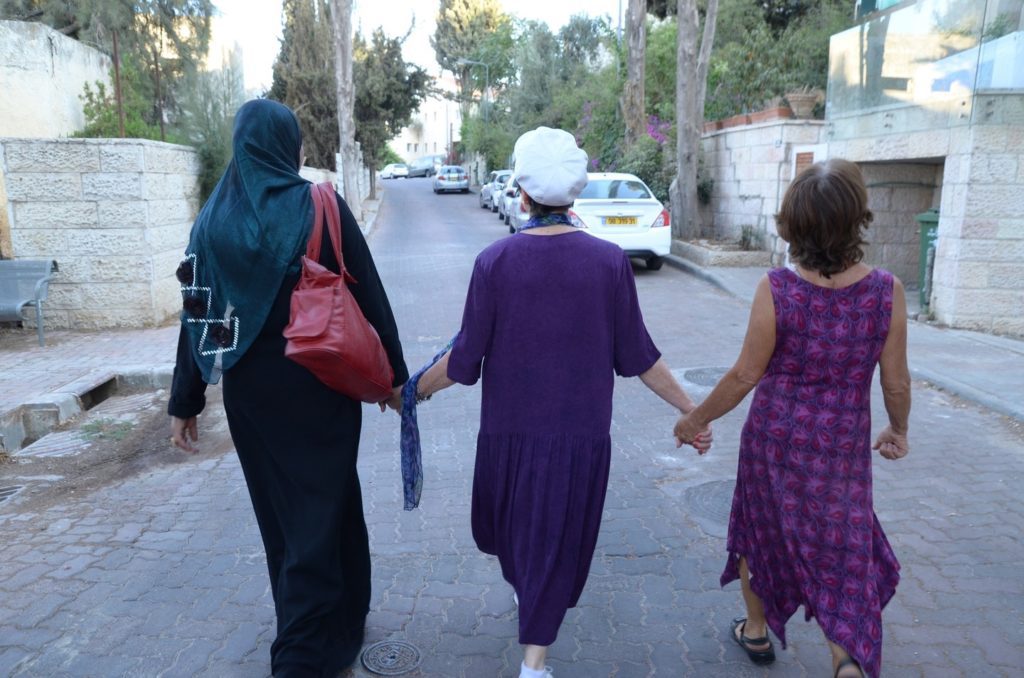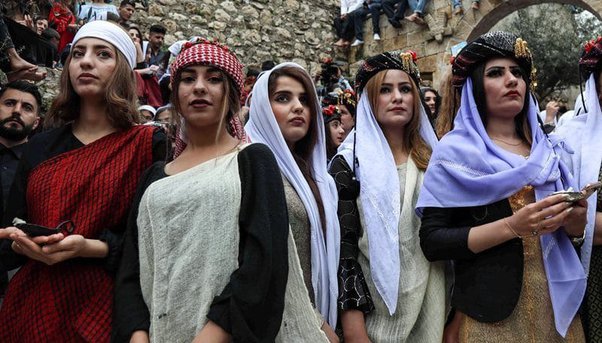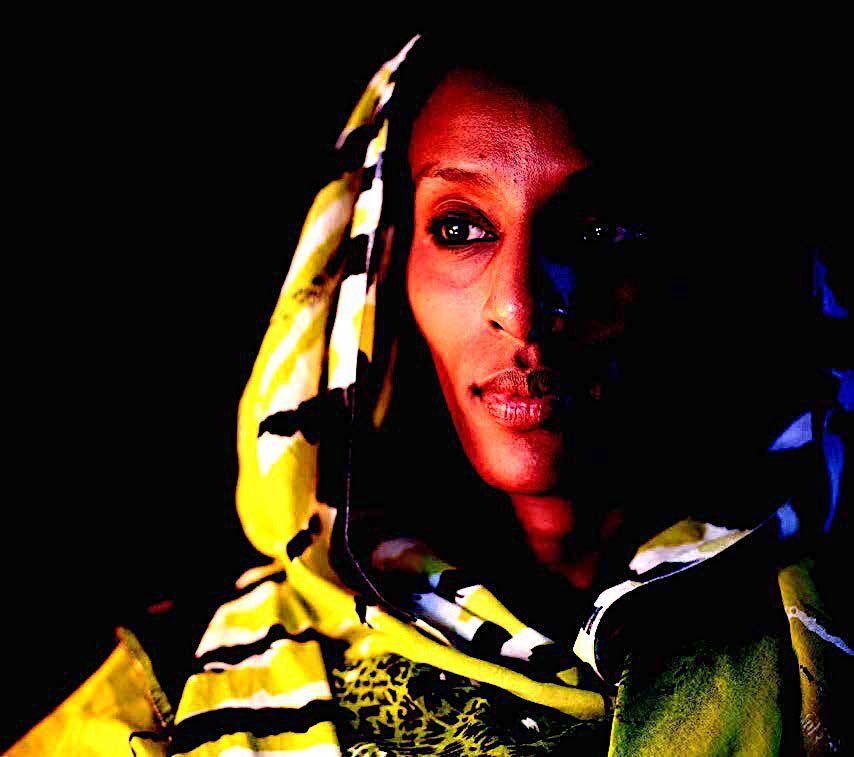For years, we have read startling stories about the injustices committed against women and girls for their religious beliefs or being members of a marginalized religious communities. From the Uyghur genocide in China where woman undergo forced sterilizations to abducted schoolgirls in Nigeria, there seems to be no shortage of horrific acts that target women and girls. And these examples are just the tip of the iceberg: Many of their experiences and injustices go unseen and untold.
Maira Shahbaz, a teenage girl from Asia was forced to renounce her faith after being abducted, is one girl’s experience that has been brought to international attention.
In 2020, when Maira was 14 years old, she was abducted at gunpoint by three men and forced to marry one of her abductors. Maira repeatedly was raped, forced to renounce her Christian faith and ultimately forced to convert. Her abduction was captured on CCTV and her family filed a case which was heard before the Faisalabad Magistrates’ Court. The court ruled in her abductor’s favor. Eventually, Maira was placed in a women and girls refuge only to be returned to her abductor some weeks later.
Now, after a dramatic escape from her abductor, Maira and her family live in hiding due to death threats on the grounds of apostasy.
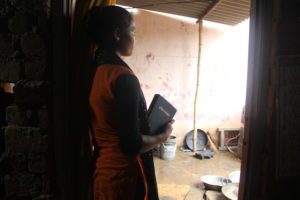
Social boycott is a common persecution experience a Christian family goes through when he/ she chooses Christianity. Many Christian families go through this as soon as the community comes to know that they have opted for Christian faith. In case of single converts, the pressure is even more. This is a story of a single convert Tara, who has to go through isolation in her own house because of her faith. Nobody in the house talks to her or even allows her to go to the kitchen, lest she pollutes the food and water with her unclean faith.
We don’t want to believe that this gender injustice occurs in the modern world, but stories like Maira’s force us to confront this ugly reality.
Gender injustices often are reinforced by religious persecution that is used to justify violations including forced marriage, sexual abuse, enforced house isolation and house arrest.
Can you imagine regularly being treated this way, and then ignored by those who hold positions of power?
In 2018, Open Doors’ World Watch research first characterized gender-specific religious persecution that marginalized Christian women face as violent, hidden and complex. Our data enabled us to categorize the ways in which gender-specific religious persecution is both systemic and systematic in countries around the world.
Research has found that it is unlikely for a man from a marginalized faith to experience the same type of religious persecution as do women. Age-old gender norms and expectations still drive the ways in which individuals are targeted, meaning religious persecution often is not the same for men and women. In fact, it usually is very different.
While our research focused on the Christian population, we believe that our findings can be extrapolated to what other faith or belief groups experience.
Invisible Violence
 When we first published gender-specific research on religious persecution, the biggest shock to the religious community was the magnitude of violence experienced by women and girls. It is hard to accept this reality; we would rather imagine that persecution follows some sort of “honorable” code of conduct, so to speak, which spares women and children. Nothing could be further from the truth. Violence is regularly used as a form of control and punishment of women for the faith they have chosen.[1]
When we first published gender-specific research on religious persecution, the biggest shock to the religious community was the magnitude of violence experienced by women and girls. It is hard to accept this reality; we would rather imagine that persecution follows some sort of “honorable” code of conduct, so to speak, which spares women and children. Nothing could be further from the truth. Violence is regularly used as a form of control and punishment of women for the faith they have chosen.[1]
Both men and women experience violence, but the distinguishing feature is that men most commonly are subjected to visible acts, often in public, of religious persecution, whereas women more commonly experience invisible persecution which often involve shame and sexuality. When it comes to women and girls, religious persecution blends into and amplifies existing inequalities and injustices.[2]
Unjustly Hidden
Like Maira’s experience, violence can be hidden or even legitimized within a “marriage.” Forced marriage often hides other invisible forms of persecution like house arrest, verbal harassment and sexual violence. The Open Doors report ‘Behind Closed Doors’ categorized other variations of invisible persecution in India, including hiddenness in research responses (due to women not reporting sexual crimes because of the stigma and shame many feel), in ambient gender-based-violence in social norms (that reflects normalization of this violence), and in impunity for gender-based violence.
According to this report: “Violations of women’s rights are underreported for several reasons. Firstly, reporting is risky. The justice process is slow and convictions rare; a victim who has reported a crime fears being subsequently threatened or killed by her attacker. Secondly, India has a strong honor-shame culture and victims of sexual crimes may not file a formal complaint because society will likely view them as unclean and ostracize them. Thirdly, there is a lack of awareness that certain socially normalized behaviors constitute violations. This risk, fear, shame and lack of awareness result in the silence of female victims.”
One Indian woman, Bilkis Bano, was gang-raped by a mob who also murdered her family during the 2002 anti-Muslim riots during which more than 1,000 people were killed. Her attackers were given life sentences, only to be recently released as India celebrated its 75th anniversary of independence. Ms. Bano’s attackers walked out of prison to a heroes’ welcome.
Although advocates work hard to make known hidden atrocities and bring appropriate deterrence and protections into global legal systems, many women still are caught in invisible prisons that never make the news and in which they never receive justice.
Inextricably Complex
The religious persecution women face is also complex, as vulnerabilities not only seem to pile up, but interact with one another. “Persecution exploits all the available vulnerabilities that women have, including: lack of access to education, healthcare or infrastructure; forced divorce; travel bans; trafficking; forced abortions or contraception; being denied access to work or the choice of a Christian spouse.”[3] These vulnerabilities are exacerbated by factors including poverty, scarcity of resources, corruption, ethnic or tribal conflict, and political crises. Once a woman is caught by one dynamic of oppression, it is highly likely that she will also face other modes of oppression.
Make Visible the Invisible
We believe that research, awareness and advocacy all play a vital role in making known the invisible. Through campaigns such as “Say Her Name,” communities can choose to resist the gender inequalities which increase their community’s vulnerability to religious persecution in the first place.
Although World Watch Research, Coalition for Religious Equality and Inclusive Development (CREID) and others have increased research into this issue in the past five years, governments and policy makers can do more to respond to the realities of religious persecution which goes beyond government imprisonment and visible killings. An important first step is to entrust women with key roles in re-creating both assessment and policy design so that the protection of marginalized religious groups is authored by those most intimately aware of the issues.
Elizabeth Lane Miller and Helene Fisher are gender persecution specialists with Open Doors International.
[1] 2020 Gender-specific religious persecution [password: freedom]
[2] WWL 2019 Gender-specific religious persecution: Analysis and implications [password: freedom]
[3] WWL 2019 Gender-specific religious persecution: Analysis and implications [password: freedom]
